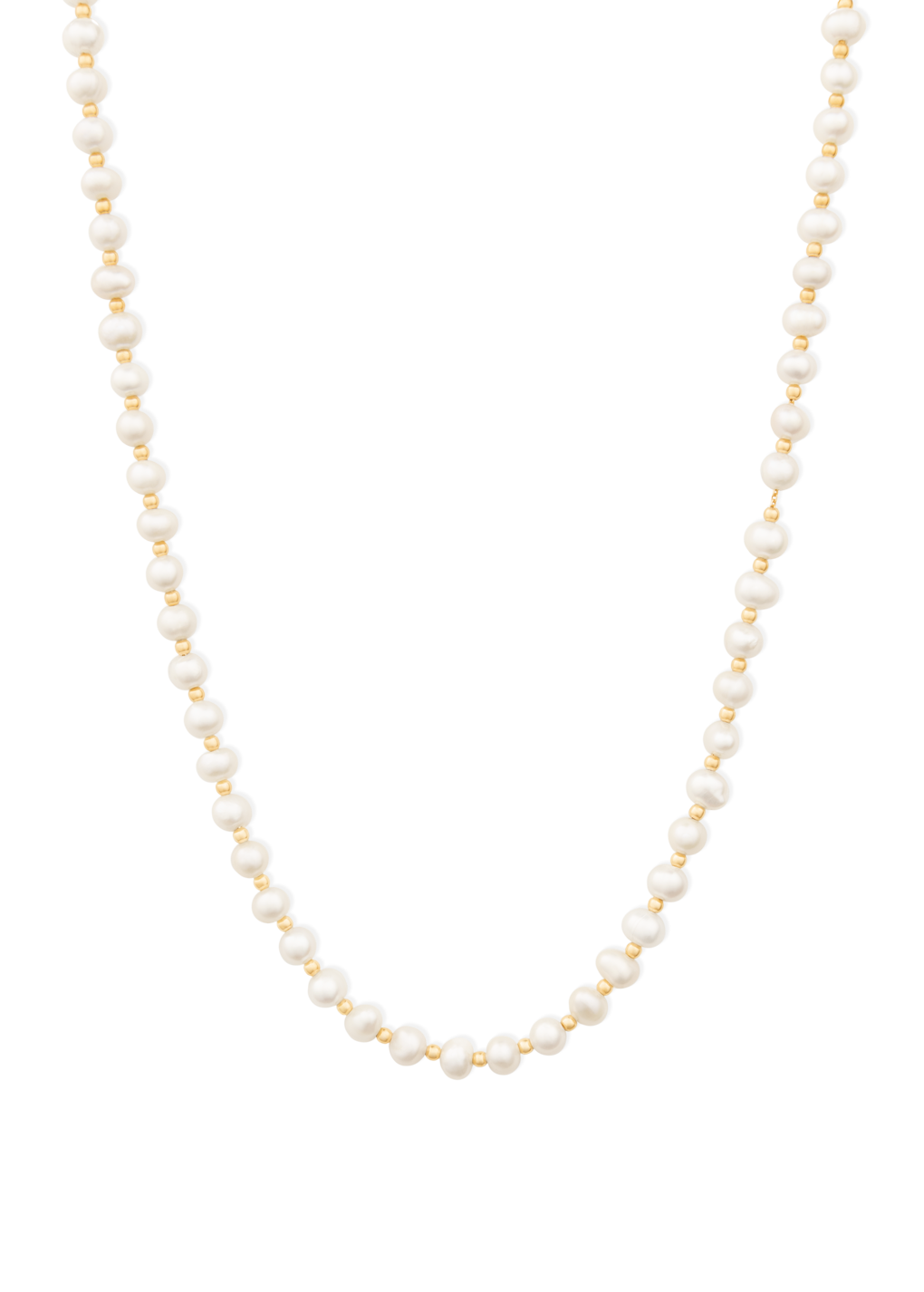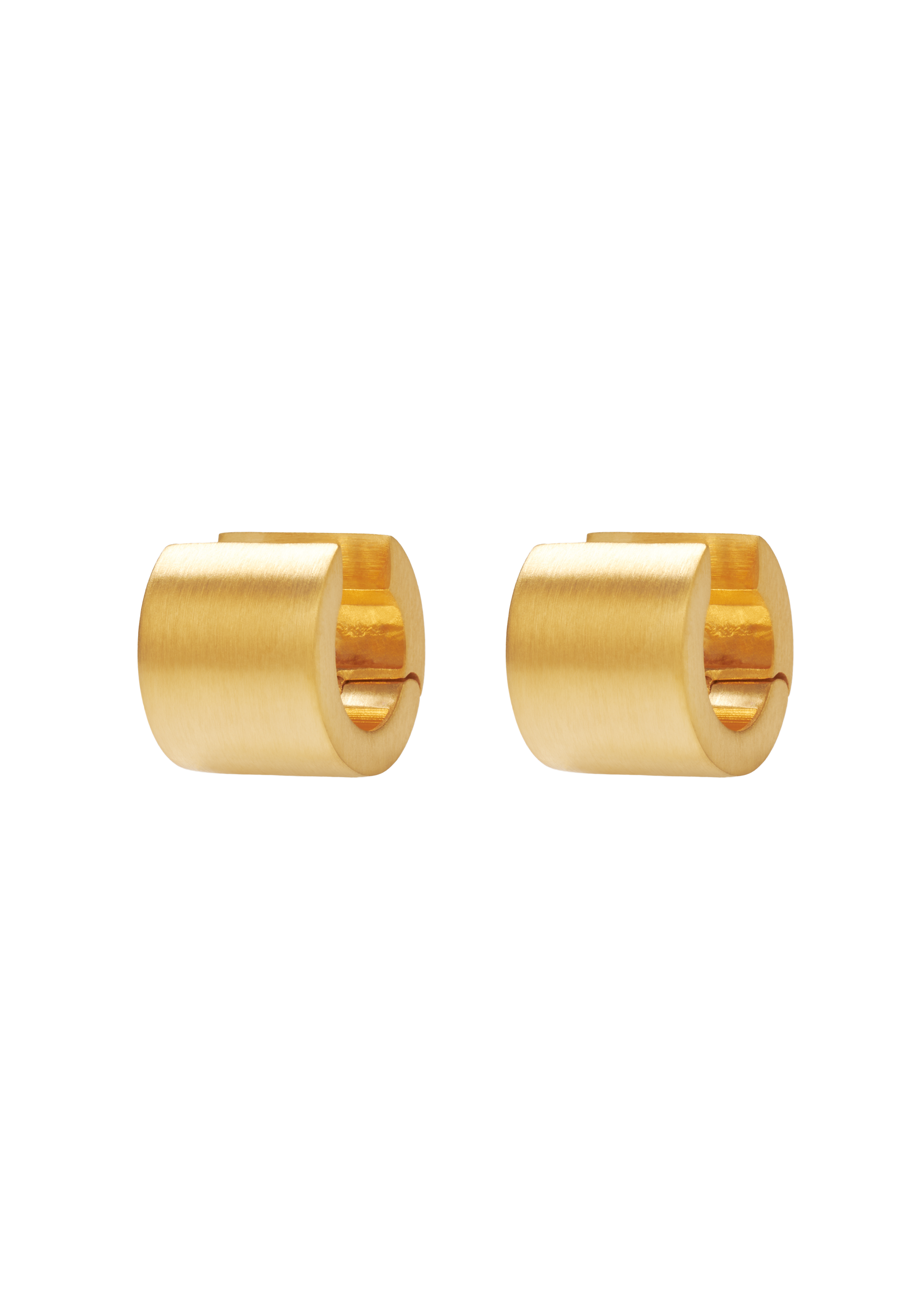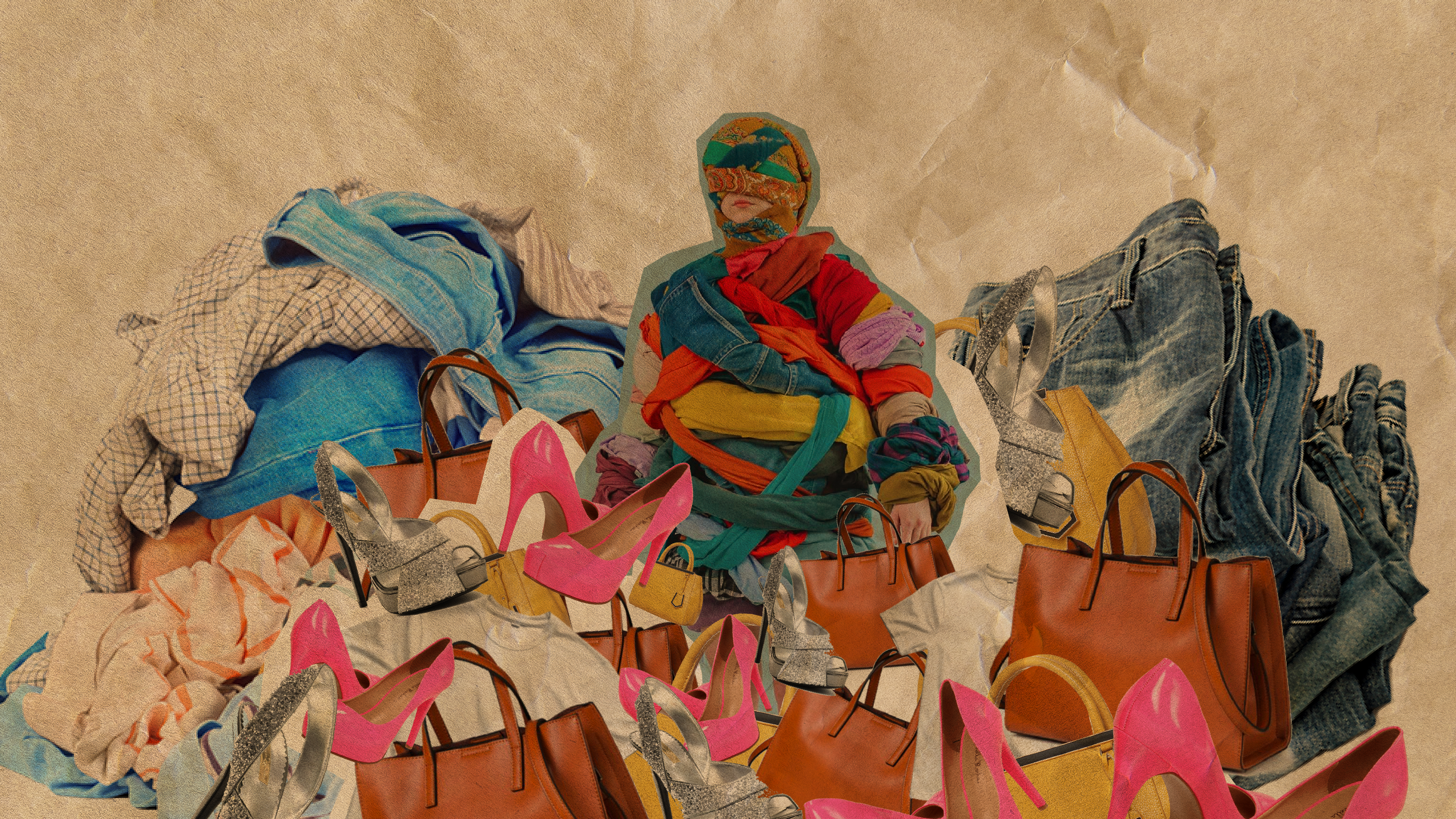since the beginning of the 19th century, there has been a long process of change in the way clothing is made, a process that continues to this day. initially, the production of work clothes in standard sizes allowed for greater production compared to home production and seamstresses. but it wasn't until after 1880 that the concept of "ready-to-wear" began to take shape. by 1920, 76% of all production was ready-to-wear.
the industry took advantage of the new trends and start to make clothes using lighter and cheaper fabrics at where also easier to make. the combination of these two factors created a huge shift in the way consumers viewed shopping for clothes. in particular, clothing allowed for some social mobility (especially in accessing better jobs), as many people from lower social classes were able to buy clothes and present themselves more satisfactorily in society.

in the decades that followed, the appeal of consumerism was not limited to the clothing industry. it extended to all areas of everyday life. from household appliances to shoes, from cars to fragrances, the small and big indulgences of the working class were becoming available to an expanded consumer base: the new and exciting middle class.

the 1980s brought a remarkable new moment in the fashion industry, the so-called "fast fashion". stores like zara, topshop, forever 21 or h&m began to adapt colors and designs imported from the catwalks, but with cheaper cuts and fabrics. sooner or later, the big trends launched by the international fashion houses were available in the windows of the shopping malls. the process wasn't without controversy, with anna sui and diane von furstenberg among those involved in intellectual property disputes. but the temptation to capitalize on the biggest trends is hard to resist.

since then, fast fashion has been unstoppable, with new brands and international chains and millions upon millions of customers. this accessibility has made fashion available around the world, something that for a long time was not possible. it no longer means spending thousands of dollars to create your own style, have a variety of items, follow trends, or be a fashionista. of course, with the speed at which fashion changes, these pieces don't have to last 10 years... because next season we may be in the market for the latest trend items.
when the three-story rana plaza building collapsed in bangladesh in 2013, killing 1,134 people and injuring 2,500, the murky consequences of the fast-fashion industry began to emerge. the textile factory, which supplied clothes to brands such as GAP, primark and H&M, failed to comply with the country's basic safety regulations, and despite several warnings from employees that the building was cracked, nothing was done. thousands of people worked in this building, one of many, for what was then the lowest minimum wage in the world (it has risen in recent years, but is still €100/month), with no safety or comfort conditions.
factories such as these feed the ultra-fast fashion industry, brands that push prices even lower, such as temu, shein, or alli express. around 10,000 tons of clothes a day are exported to europe by these brands, with three-fifths being disposed of within a year. it's impossible to ignore the negative effects this kind of production has on people and the planet.
in kampur, india, the leather industry releases large quantities of toxic chemicals and acidic effluents concentrated with heavy metals such as chromium, cadmium, lead, arsenic, cobalt, copper, iron, lead, zinc, and manganese. all these highly potent chemicals find their way into the ganges. millions of cheap leather products are produced without any responsibility for the human and environmental costs.
even when we are sure of the origin of the raw material, there can be surprises, for example, linen, much of which is produced in the netherlands, then goes to china to be processed and manufactured elsewhere.
the fast fashion industry is the second-biggest consumer of water and is responsible for about 10% of global carbon emissions – more than all international flights and maritime shipping combined. polyester and cotton make up 85% of all the materials used in clothing, and both are hard on the planet in other ways as well. the majority of polyester is made from petroleum. chemical dyes are often added to the fabric, which can lead to contamination of ground water. when polyester and nylon clothes are washed, they release particles that contaminate waste water. overproduction is another hidden problem when it comes to sustainability conversations, especially when you consider that up to 40% of clothing is never sold.

the challenges are immense, we need to find innovative solutions and educate consumers. we need to take a step back and look for quality, durability and materials that are beautiful, good for our skin and have less impact on the environment. and we need to invest in the textile industry, invest in recycling fibers, redirect production so that we can really have a more sustainable production.
the french parliament recently approved measures to penalize ultra-fast fashion brands. it will assess the volume of garments produced and the rotation of these garments per collection and impose a tax of up to 10 euros per item sold or 50% of the value of the garment by 2030. and as part of the initiatives that the european union is promoting within the framework of the european green deal, a digital product passport will be launched by 2030, which will consist of a label with a QR code to display information on the product's origins, material composition, supply chain, sustainability index (and possibly specific water consumption, energy and chemicals), the possibility of recycling, and additional conservation and cleaning information. all in a single identifier.
for decades, the path has been towards accessibility, now the path has to be different. as consumers, it's up to us to make conscious choices, to change the way we look at our wardrobes and the planet. none of this means we should stop consuming or liking fashion, but we can promote a circular economy, look for noble raw materials and invest in reclaimed pieces. if we choose them carefully and not on impulse, we'll know which ones make the most sense in our wardrobes and in our lives.
cláudia cavaleiro the editor in chief for CINCO editorial. born in '82 in coimbra, she is graduated in philosophy from the university of coimbra. passionate about books and podcasts in a geek kind of way, she always find something interesting to research. loves to bring awareness to social problems and loves working at CINCO!










leave a comment